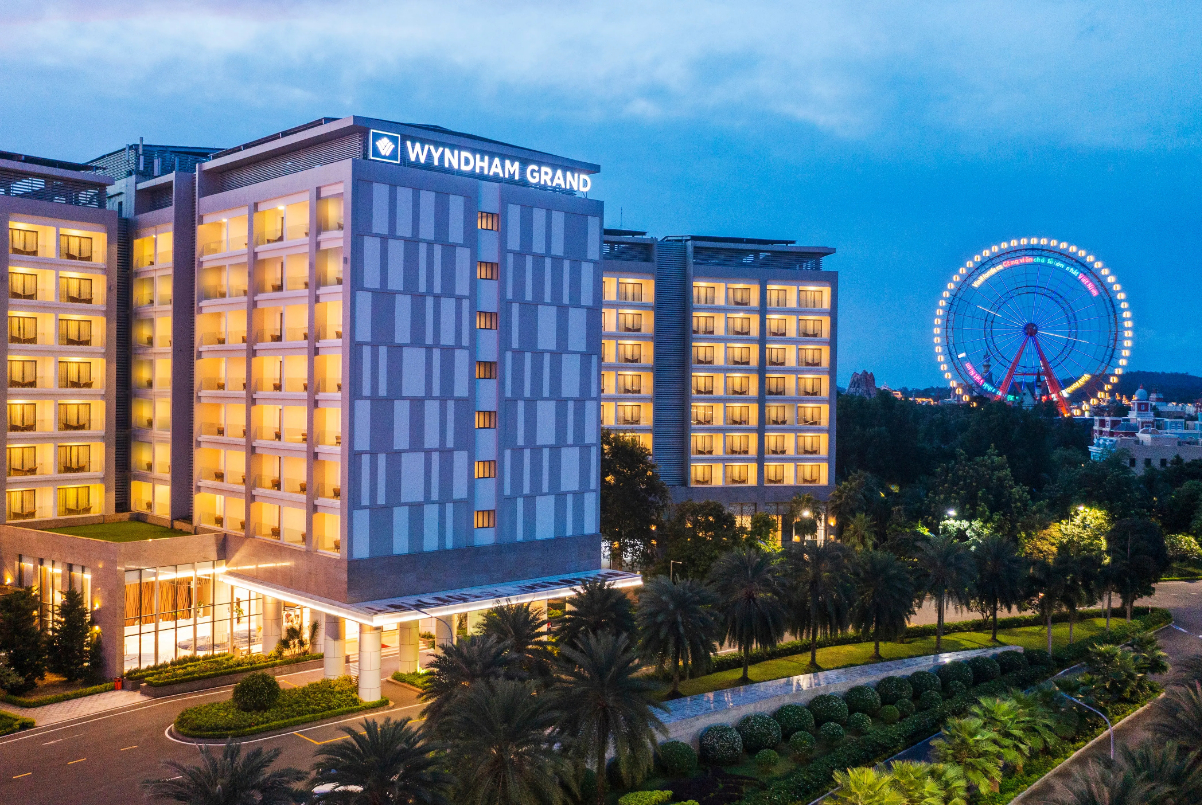Wyndham Hotels CEO: 'No Waning in Leisure Travel Demand'

Skift Take
The world's largest hotel franchisor is seeing resilient demand for leisure and business travel despite economic uncertainty — even at the budget end of the market. Wyndham's third-quarter results highlighted the benefits of having a heavy mix of hotels and resorts in the economy and midscale segments.
"We believe that we'll continue to see positive momentum — no waning in leisure travel demand — as we head through the fourth quarter and throughout 2025," said president and CEO Geoff Ballotti during an earnings call Thursday.
"If interest rates do continue to come down, lower mortgage payments and moderating essential spending should drive an improvement in cash flow for our customers to vacation," he said.
Hilton, on Wednesday, had painted a more subdued picture of leisure demand through 2025. However, with 9,200 hotels worldwide, Wyndham's performance also offers key insights into the hea

